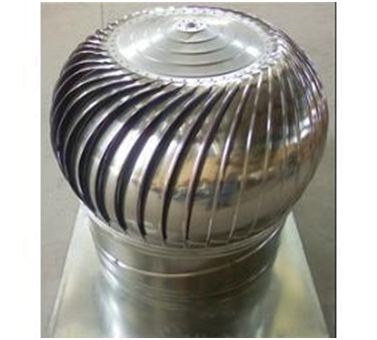The combination of three large nutrients such as nitrogen, phosphorus and potassium can not only ensure the growth of crops, but also improve the utilization of fertilizers and save fertilizer. A proper proportion of fertilizer can also improve the quality of fruits and grains and reduce the occurrence of crop physiological diseases.
Nitrogen fertilizer should not be applied when fertilizing, because excessive nitrogen nutrition will lead to large cells and thin walls, soft tissue and reduced resistance. At the same time, if excessive application of nitrogen fertilizer will not only cause waste of nitrogen fertilizer, but also easily cause salt concentration disorder in soil. Because of the partial application of nitrogen fertilizer, crops often exhibit various symptoms of deficiency, resulting in poor crop growth, reduced yield and quality. For example, when the corn is fertilized, the nitrogen, phosphorus and potassium are not properly combined, and the soil phosphorus and potassium fertilizers are insufficient, which leads to the late silking of the corn, the reduction of the pollen in the field, and the shortening of the pollen and filament life, resulting in the lack of grain of the corn bald tip. The cotton nitrogen fertilizer is too large, and the vegetative growth process is prosperous, which will cause the cotton plant to be loose, the leaves to be hypertrophy, and the long shoots to be too long, resulting in shady field, poor ventilation and light transmission, serious falling flowers, and affecting yield.
Roof ventilator
Roof Ventilator is on the roof, no room space is the main advantage of it.
Roof ventilator is generally used for low pressure exhaust in factories, kitchens, warehouses and small pressure systems for commercial purposes. Low initial investment and low operating costs.
Description of roof ventilator:
Material:201stainless steel/304 stainless steel/430 stainless steel/ color steel plate/galvanized sheet
Size: 300/360/400/500/600/700/800mm( by diameter of fan`s base)
Advantages of roof ventilator:
1. Automatically operate.Save labor, save time.
2. No operating cost, no electricity consumption, environmental protection, energy-saving
3. No maintenance needed, life-long service
4. Light weight, strong and durable construction
5. Weather resistance, strong fray resistance, fine non-validity, self-cleanness, high revolving sensitivity and high ari venting efficiency.
6. Easy installation. Installation Position: flat roof, pitched roof, concrete roof and contour plate of various industrial plants.
Application of roof ventilator:
Widely used in warehouse, toilet, factory, workshop, stadium, tennis hall, assembly hall, garage, paper mill, galvanization factory and coating factory.

Roof Ventilator
Roof Ventilator,Roof Ridge Vent,Roof Exhaust Vent,Roof Exhaust Fan
Shijiazhuang Zhouming Steel Building Materials Co., Ltd. , http://www.zmsteels.com